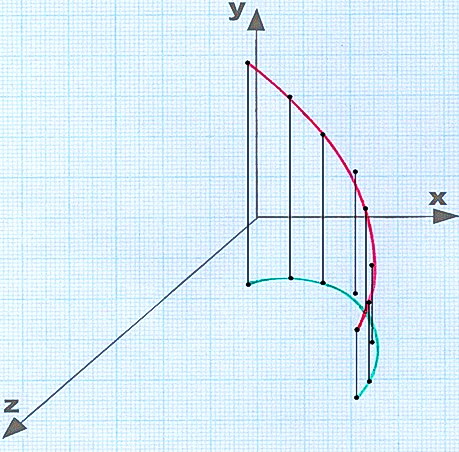The publication describes the design of a stand for testing joints with
flexible elements, including ball joints, which contain an internal flexible
element - an analogue of the ligamentum capitis femoris (LCF).
STAND FOR TESTING CYLINDRICAL AND BALL HINGES
(Стенд для испытания
цилиндрических и шаровых шарниров)
Patent Application RU2015102125A
Inventors
Сергей Васильевич Архипов,
Александра Сергеевна Архипова
(Sergey Vasilyevich
Arkhipov,
Alexandra
Sergeevna Arkhipova)
Original
Assignee
Сергей Васильевич Архипов
(Sergey
Vasilyevich Arkhipov)
Application RU2015102125A
events
2015-01-23 Application filed
by Сергей Васильевич Архипов
2015-01-23 Priority
to RU2015102125A
2016-08-10 Publication of
RU2015102125A
Claims
A test stand for testing
cylindrical and ball joints, comprising a bed with support elements and a
device for securing the hinge finger, one or more drives for creating working
movements, an engine, a drive shaft, a housing with hinge holders and a load
beam with a load fixed to it, characterized in that the hinge pin is connected
to the bed by a hinge with a latch and a device for adjusting the position, and
the hinge socket is connected to the housing with the possibility of fixing in
various positions, drives for Adjustable length working movements are movably
connected to the hinge body and pin and contain devices for measuring force, in
addition, the casing is movably connected to a height-adjustable movable
support, and the hinge can be equipped with one or more flexible inextensible
elements located both outside and inside the hinge, and the body, the hinge
socket and the hinge pin have elements for attaching their ends and contain
strain gauges, flexible inextensible elements inside the hinge can be connected
at one end with g an optical system and strain gauges can be installed in a
shaped groove, and with a shaped groove made on the inner surface of the hinge
socket, a coma of this strain gauge can be located on the surface of the hinge
head and the inner surface of the hinge socket in contact with it, and with the
bed two vertically arranged flat surfaces with a scale-coordinate grid are
connected, forming a three-dimensional coordinate system with the upper surface
of the bed, moreover, on the body, the finger At the hinge, the load, and the
movable support, electromagnetic radiation sources may be located to record a
change in position.
Description of the invention
Description in Russian is available at the link: 2015(b)АрхиповСВ_АрхиповаАС (the blog has a translation function).
 |
| Fig. 1 |
 |
| Fig. 2 |
 |
| Fig. 3 |
External links:
Arkhipov SV, Arkhipova AS. Stand for testing
cylindrical and ball hinges. Application for invention № 2015102125 (003265)
dated January 23, 2015. [in Russian]
(Архипов СВ. Архипова
АС. Стенд для испытания цилиндрических и шаровых шарниров. Заявка на изобретение №2015102125 (003265) от 23.01.2015.) [patents.google]
Keywords:
ligamentum capitis femoris, ligamentum teres, ligament of head of femur, hinges, ball joint, joint with flexible elements
.
MECHANICS AND ROBOTICS

Comments
Post a Comment